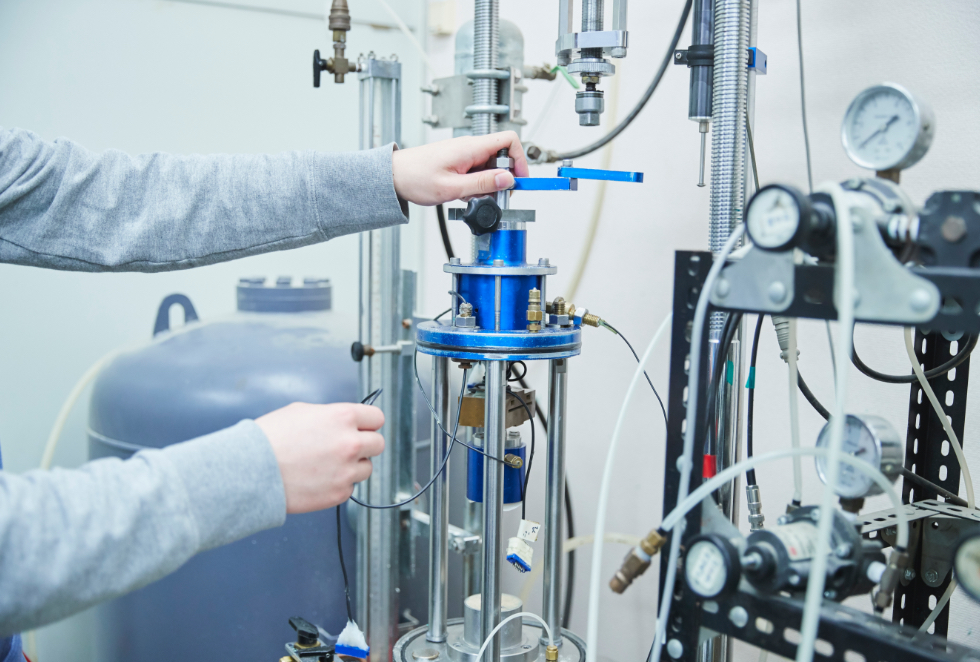Soil liquefaction during earthquakes poses significant risks to cities, where much of the population lives, and road and rail transport is concentrated amidst business districts with tall buildings and residential areas with lots of private houses.
Thanks to the ease and convenience of daily lives in cities, it is estimated that by 2050, nearly 30 years from now, two-thirds of the world’s population will be living in such cities.
In response to society’s need to keep cities as safer and convenient places to live, an earthquake-prone country such as Japan should inevitably be confronted with dozens of problems, including soil liquefaction, whereby the ground begins to behave like liquid when intensively shaken by earthquakes, thus causing structures to settle and tilt and essential services such as water and electric supply lines to be disrupted.
Tokyo University of Science is pursuing a series of research topics associated with soil liquefaction.
In the laboratory, local soils are retrieved from the sites where soil liquefaction was observed during past earthquakes, and the liquefaction characteristics are then investigated using several types of laboratory test apparatus. It eventually follows that a novel procedure will be established to estimate the liquefaction susceptibility of soils.
In the field, earthquake reconnaissance investigations continue to be carried out to uncover the mechanisms behind the triggering and consequences of soil liquefaction and its devastating effects on infrastructure.

In parallel with the above research topics, Tokyo University of Science is also conducting research on ground improvement technology for building firm soil foundations.
The current approach includes the development of geotechnology to permeate particles of microfine cement into liquefaction-prone soils and to make them resilient enough to counter soil liquefaction.
This geotechnology could serve as a good alternative to provide firm foundations for existing structures against soil liquefaction.

Geotechnology for natural hazards should be obligatory for global development, especially in cities with high concentrations of people and buildings.
Japan is even known as “land of earthquakes”, owing to the larger number of earthquakes it experiences and, thus, should be more obliged to contribute to the development of countermeasures and techniques for minimizing earthquake damages and recovering from such damage as soon as possible.
■ Main research content